Table of Contents
Chili Pepper Heat Explained: Scoville Scale, Varieties & Cooking Tips
Chili pepper heat is measured using the Scoville scale, which quantifies capsaicin concentration to determine spiciness levels from 0 SHU (bell peppers) to over 2.2 million SHU (Carolina Reaper). This guide explains how the Scoville scale works, compares common chili varieties by heat level, and provides expert cooking tips to manage spice intensity.
Chili pepper heat comes from capsaicinoids, primarily capsaicin, which binds to pain receptors in your mouth. These compounds concentrate in seeds and white membranes, not the flesh. Understanding this science helps you control heat in cooking and choose peppers that match your tolerance.
| Pepper | Heat Level (SHU) |
|---|---|
| Bell Pepper | 0 |
| Jalapeño | 2,500–8,000 |
| Serrano | 10,000–25,000 |
| Habanero | 100,000–350,000 |
| Ghost Pepper | 1,000,000–1,500,000 |
| Carolina Reaper | 1,400,000–2,200,000 |
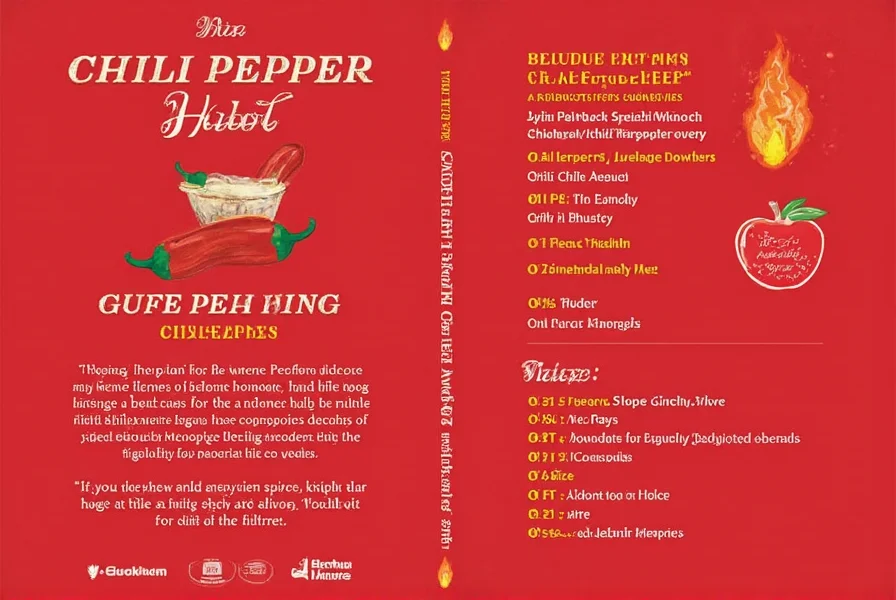
How the Scoville Scale Measures Chili Pepper Heat
The Scoville scale, developed by Wilbur Scoville in 1912, measures capsaicin concentration through dilution testing. Modern HPLC testing provides more precise measurements than the original organoleptic method. Key facts:
- SHU values indicate how much sugar water is needed to neutralize heat
- Each 1,000 SHU represents one part per million capsaicin
- Pepper heat varies by growing conditions, climate, and ripeness
For example, a jalapeño rated 5,000 SHU requires 5,000 parts water to neutralize its heat. This standardized measurement helps chefs and home cooks consistently control spice levels in recipes.
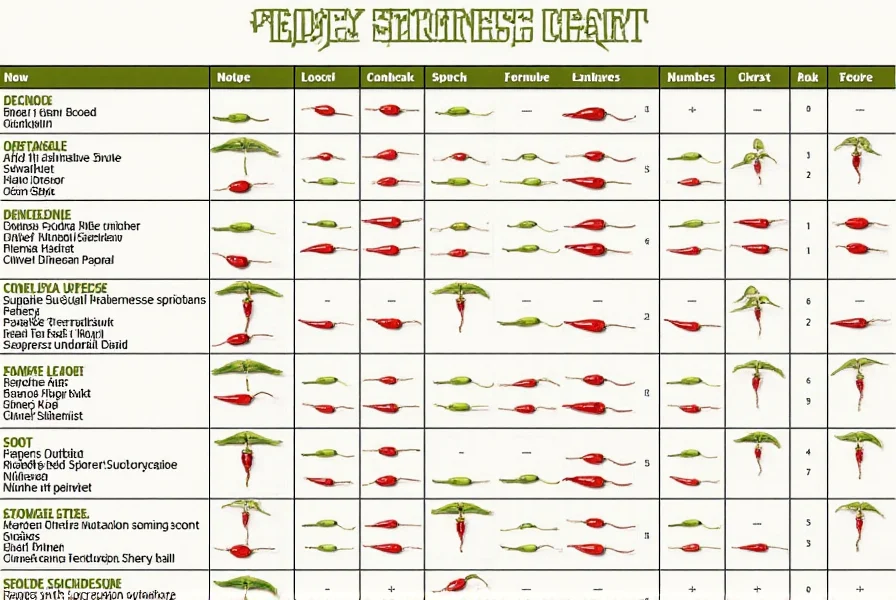
Common Chili Pepper Varieties and Heat Levels
Each chili variety offers unique flavor profiles alongside heat. Here's how they compare:
- Jalapeño (2,500–8,000 SHU): Mild heat with grassy flavor. Perfect for salsas, tacos, and beginner-friendly dishes.
- Serrano (10,000–25,000 SHU): Brighter heat than jalapeños. Ideal for Mexican sauces and pickling.
- Habanero (100,000–350,000 SHU): Fruity flavor with intense heat. Best for Caribbean dishes and hot sauces.
- Ghost Pepper (1,000,000–1,500,000 SHU): Sweet undertones with extreme heat. Used in specialty hot sauces and challenges.
- Carolina Reaper (1,400,000–2,200,000 SHU): World's hottest pepper. Only for experienced spice enthusiasts.
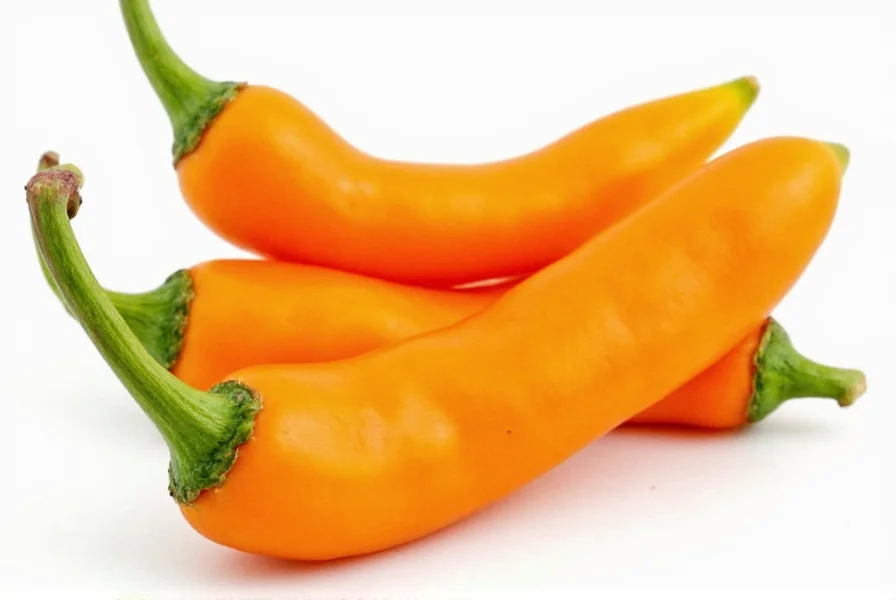
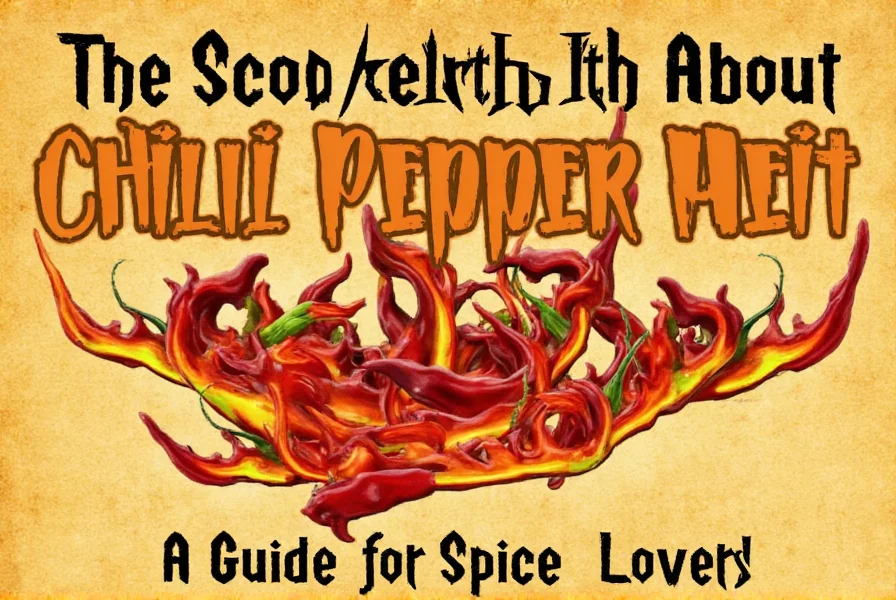
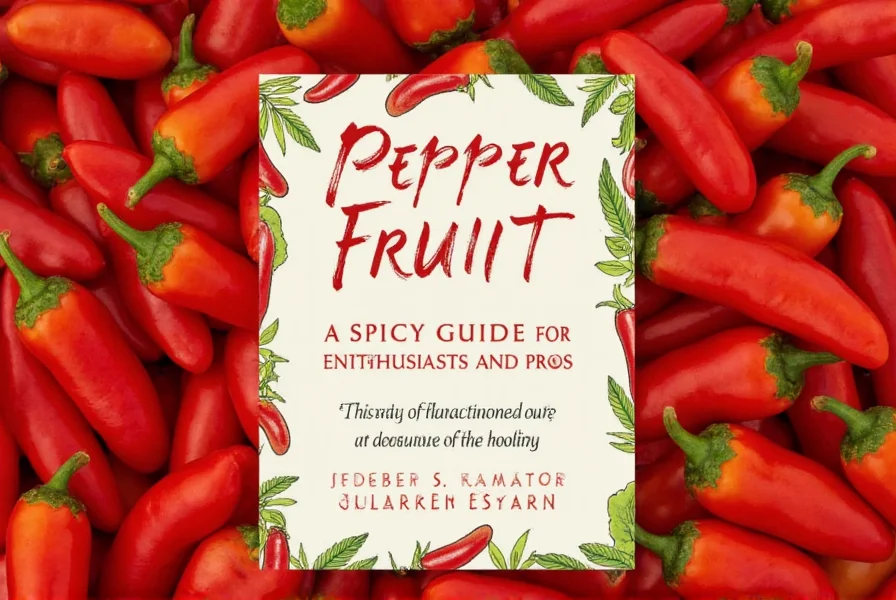
Cooking Tips for Managing Chili Pepper Heat
Mastering chili heat requires understanding capsaicin behavior. These science-backed tips help control spice intensity:
- Start Small: Add 1/4 teaspoon of minced pepper at a time. Capsaicin concentrates increase exponentially in small amounts.
- Remove Seeds and Membranes: 80% of capsaicin resides in the white pith. Use kitchen shears to trim these parts.
- Use Dairy for Neutralization: Casein protein in milk (3.5% fat) binds to capsaicin. Full-fat yogurt is 50% more effective than water.
- Pair with Fats: Avocado (20% fat) and olive oil create barriers that reduce capsaicin absorption.
- Avoid Water: Water spreads capsaicin, worsening the burn. Alcohol (vodka) works better than water for immediate relief.
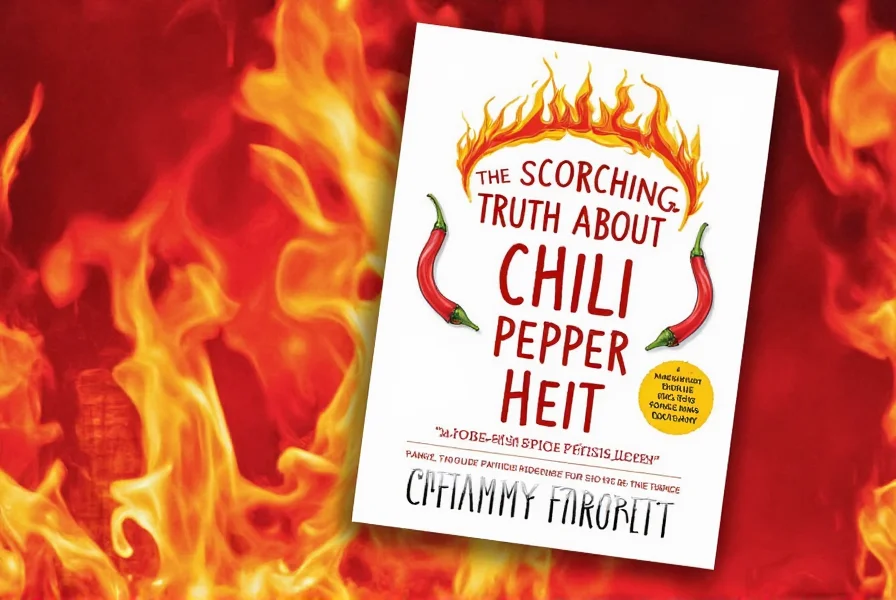
Choosing Chili Peppers by Heat Level
Select peppers based on your cooking needs and spice tolerance:
- For Beginners: Jalapeños or Poblano peppers (1,000–2,500 SHU). Mild heat with rich flavor.
- For Everyday Cooking: Serranos or Anaheim peppers (500–10,000 SHU). Versatile for salsas and sauces.
- For Bold Flavors: Habaneros or Scotch Bonnets (100,000–350,000 SHU). Fruity heat perfect for Caribbean dishes.
- For Challenges: Ghost Peppers or Carolina Reapers (1M+ SHU). Requires gloves and ventilation during handling.
When buying fresh peppers, look for smooth skin, vibrant color, and firm texture. Dried peppers should have intact stems and no cracks. Store fresh peppers in the refrigerator for up to two weeks.
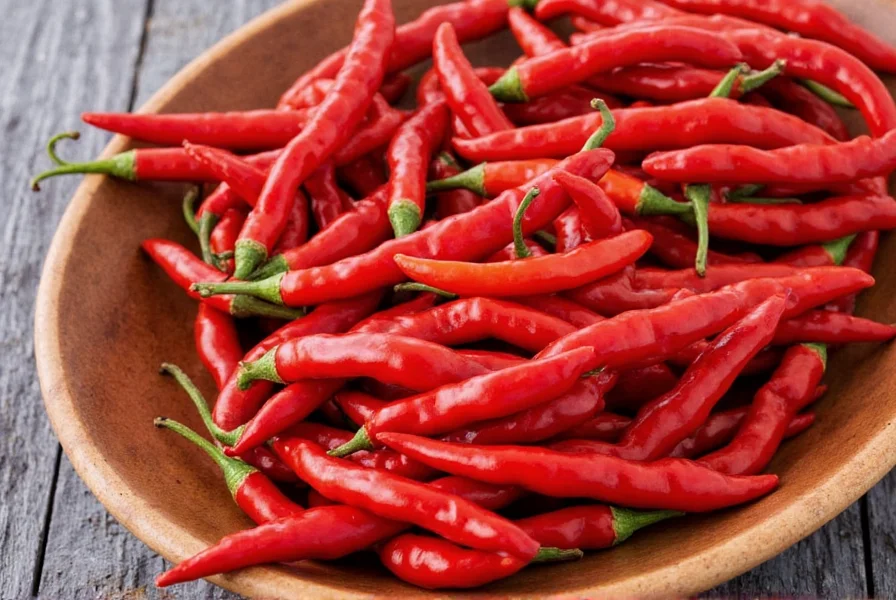
Frequently Asked Questions About Chili Pepper Heat
What makes chili peppers hot?
Chili peppers get their heat from capsaicinoids, primarily capsaicin. These compounds bind to TRPV1 pain receptors in your mouth and throat, triggering a burning sensation. Capsaicin is concentrated in the white membranes (placenta) and seeds, not the flesh. The body's response to this irritation releases endorphins, creating a pleasurable "high" for spice lovers.
Why doesn't water help with chili heat?
Water doesn't help because capsaicin is oil-soluble, not water-soluble. Drinking water spreads capsaicin across your mouth, intensifying the burn. Effective remedies include dairy (casein binds capsaicin), sugar (disrupts receptor binding), or alcohol (dissolves capsaicin). Milk is 50% more effective than water for immediate relief.
How can I handle extremely hot peppers safely?
Always wear nitrile gloves when handling peppers above 100,000 SHU. Avoid touching your face, especially eyes. Work in a well-ventilated area to prevent inhaling capsaicin fumes. After handling, wash hands with soap and oil-based cleaner (like dish soap) to break down oils. Clean all surfaces with bleach solution to remove residue.
Does cooking affect chili pepper heat?
Cooking changes capsaicin distribution but doesn't destroy it. Roasting mellows heat slightly by breaking down cell walls. Prolonged boiling reduces heat by 15-20% as capsaicin leaches into liquid. Frying intensifies heat as oils concentrate capsaicin. For maximum heat control, add peppers toward the end of cooking.
Why do some people tolerate spicy food better than others?
Tolerance varies due to TRPV1 receptor density, genetic factors, and regular exposure. People who eat spicy food regularly develop desensitized receptors. Cultural background matters too—those raised with spicy cuisine have higher tolerance. Age affects sensitivity, with younger people typically handling heat better. However, no one can become completely immune to capsaicin's effects.
What's the difference between 'hot' and 'spicy'?
"Hot" specifically refers to capsaicin-induced burning sensation from chili peppers. "Spicy" is a broader term describing strong flavors from any spice (e.g., black pepper, cinnamon, ginger). Black pepper is spicy but not hot, while habaneros are both spicy and hot. The confusion arises because many cultures use "spicy" to describe heat, but technically they're distinct concepts.
Conclusion
Chili pepper heat is a fascinating blend of science and culinary art. From the 0 SHU bell pepper to the 2.2 million SHU Carolina Reaper, understanding the Scoville scale and capsaicin behavior empowers you to control spice levels precisely. Whether you're a beginner or seasoned chef, these insights help you create perfectly balanced dishes that enhance flavor without overwhelming heat.
Remember: The goal isn't just to chase heat—it's to use it as a flavor tool. Experiment with different varieties, practice heat management techniques, and discover how chili peppers can transform your cooking from ordinary to extraordinary.
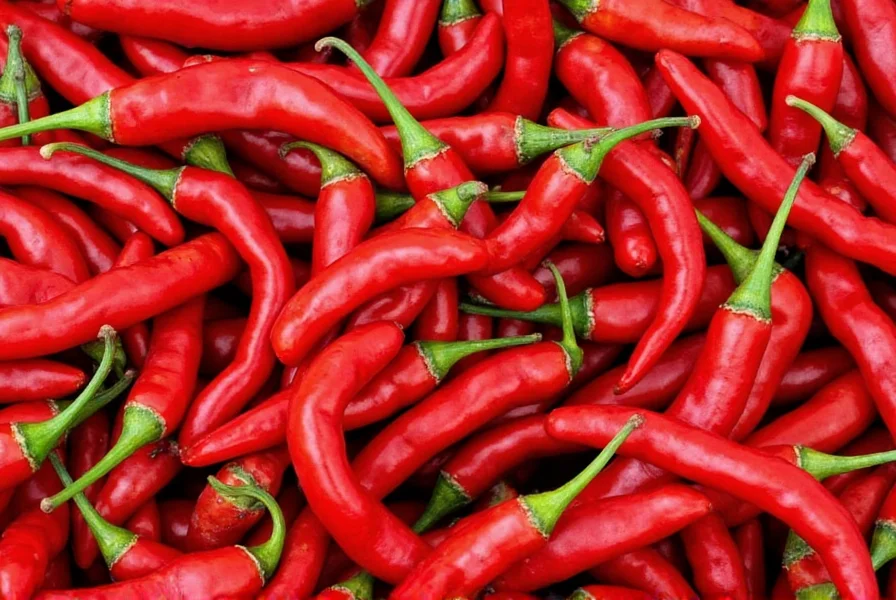










 浙公网安备
33010002000092号
浙公网安备
33010002000092号 浙B2-20120091-4
浙B2-20120091-4